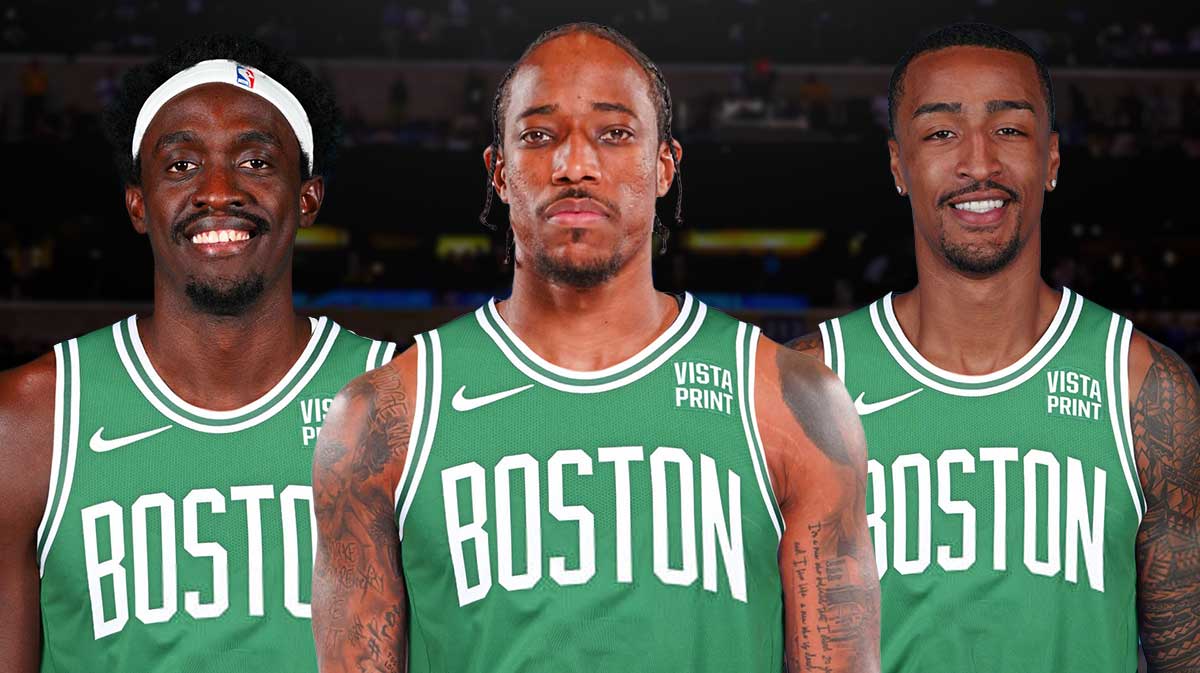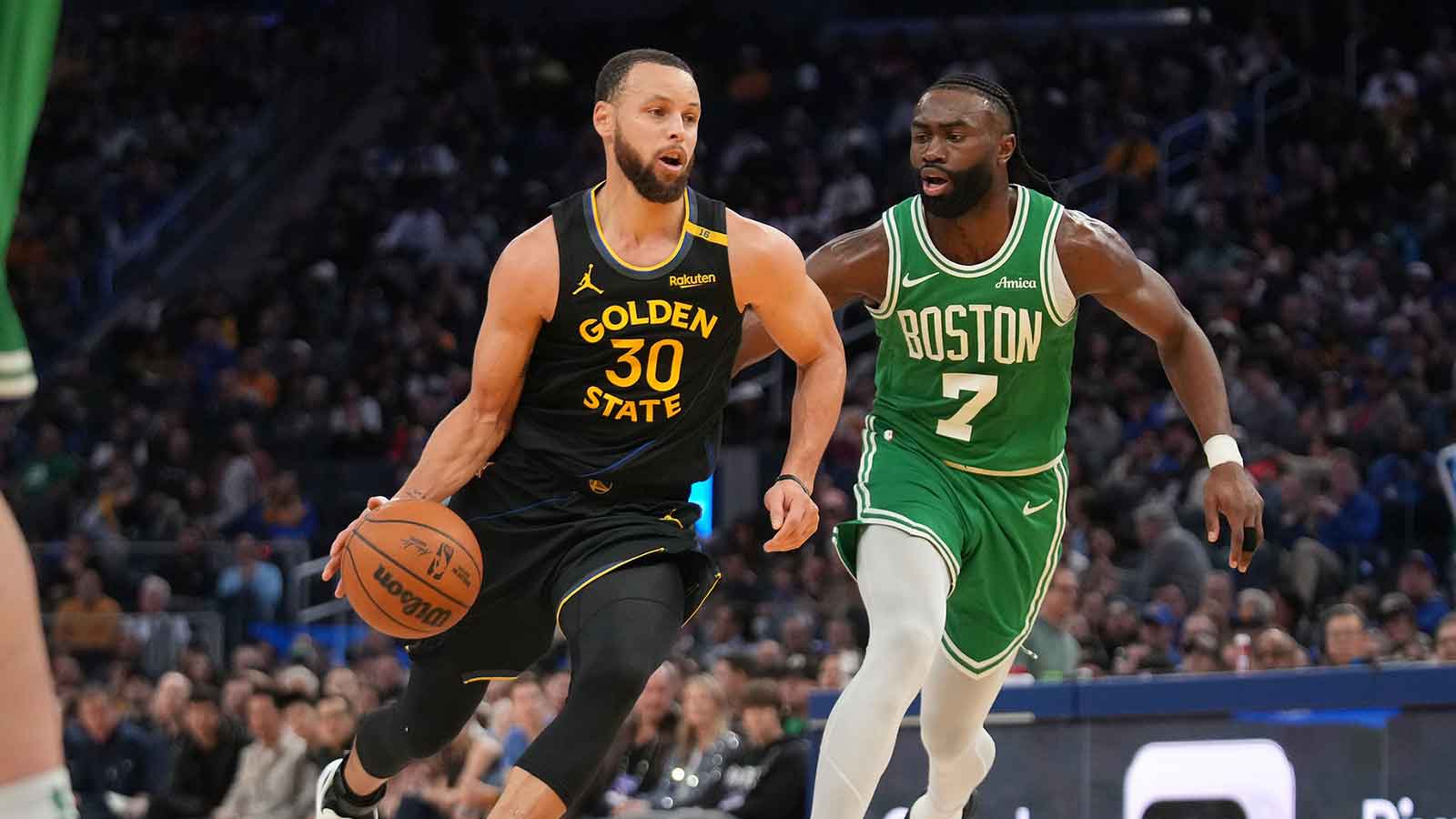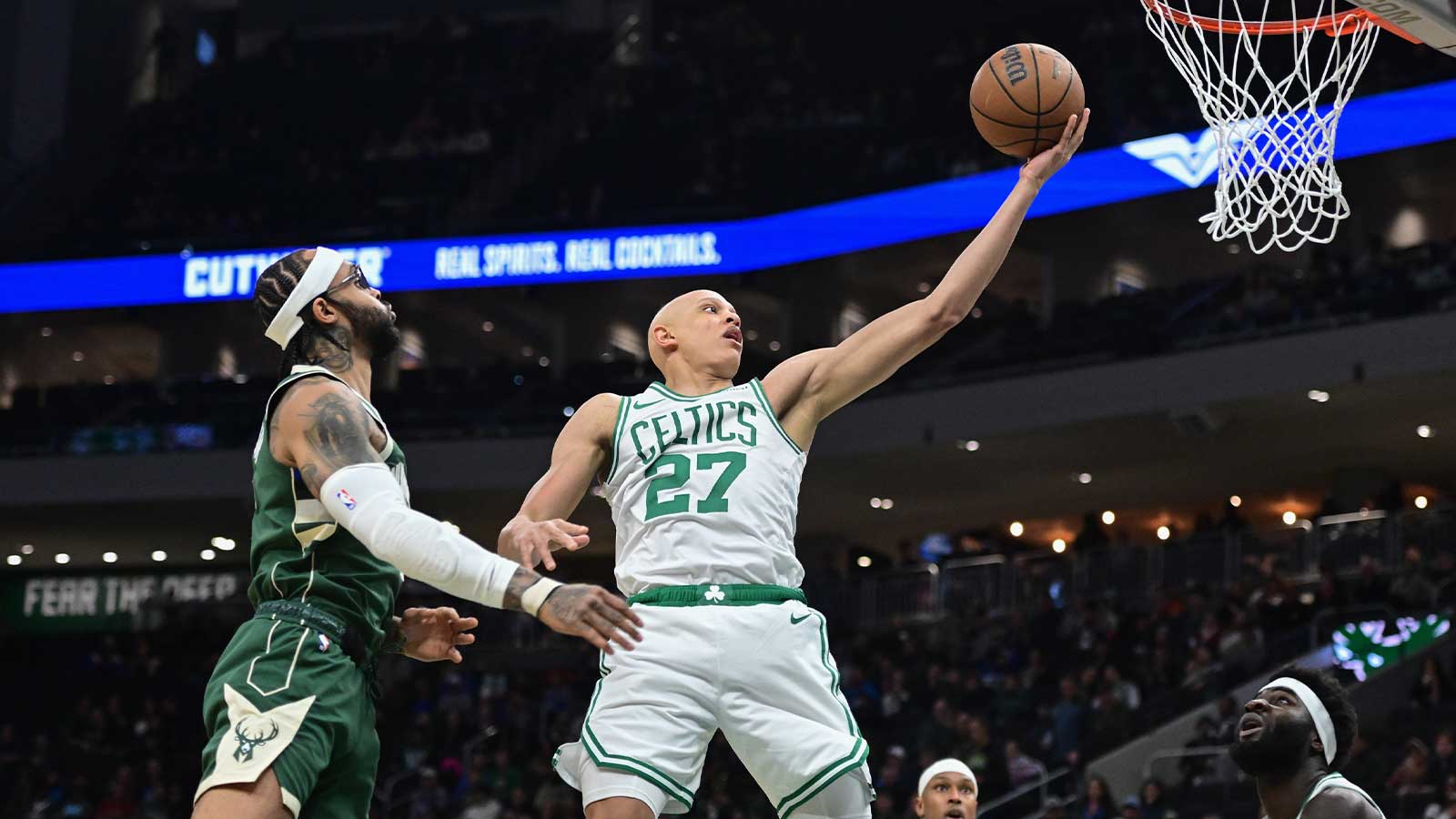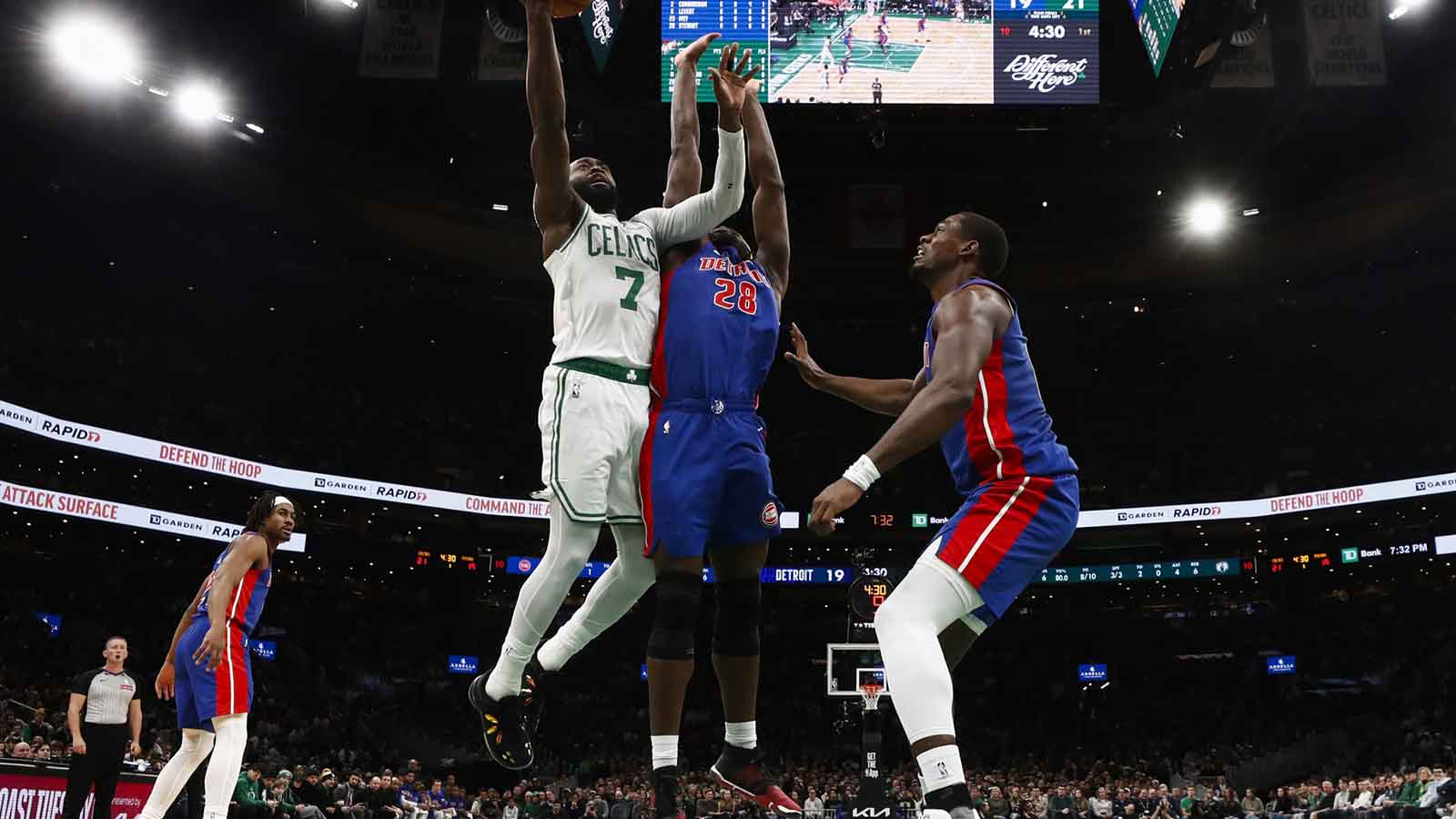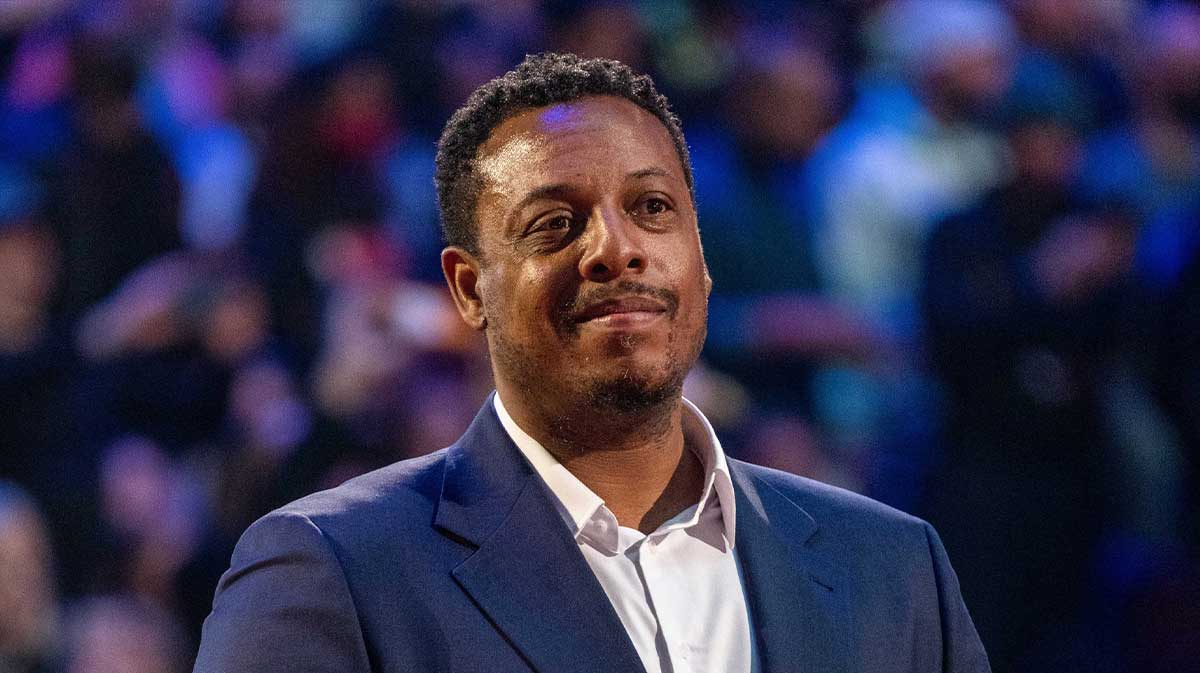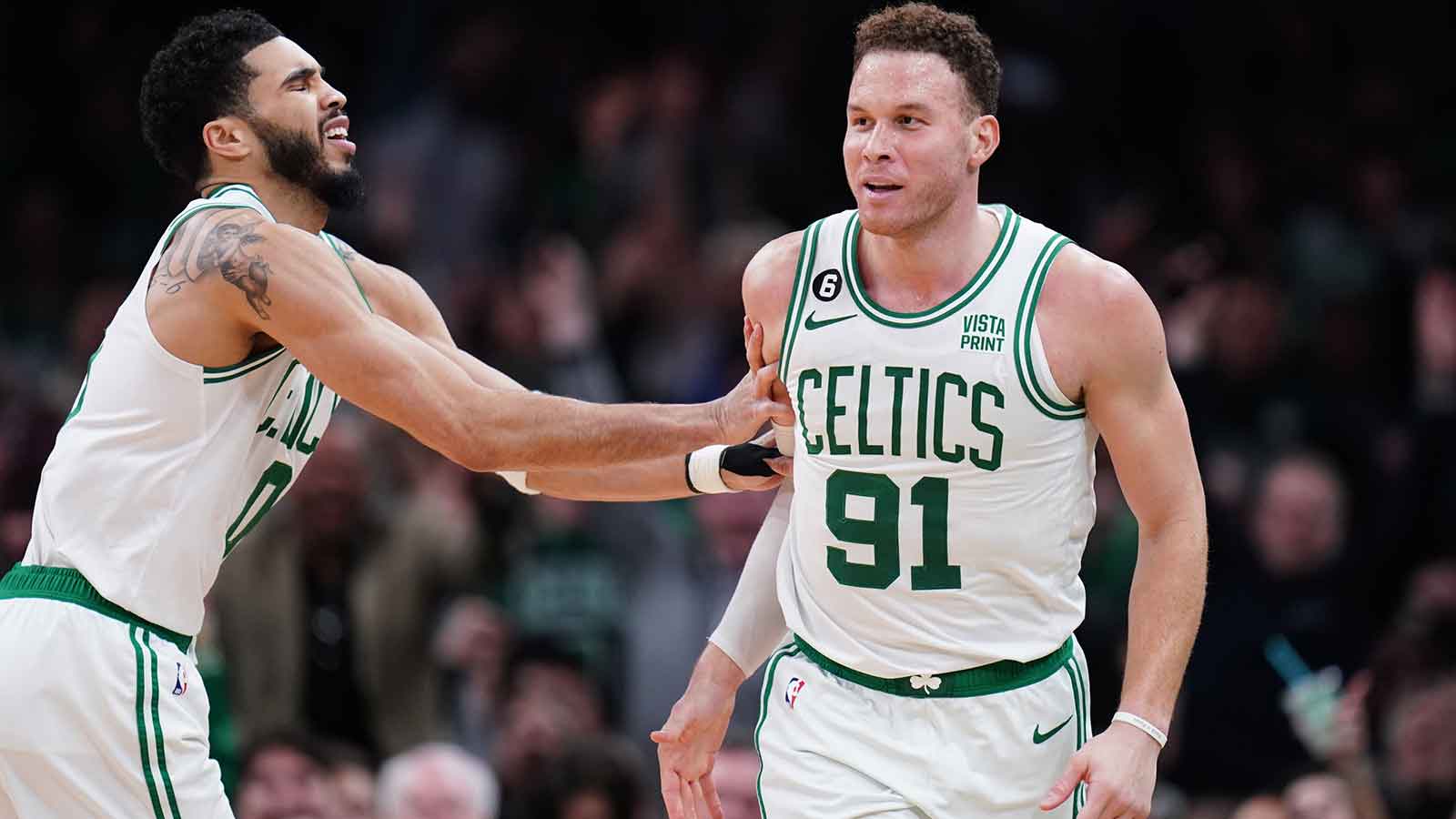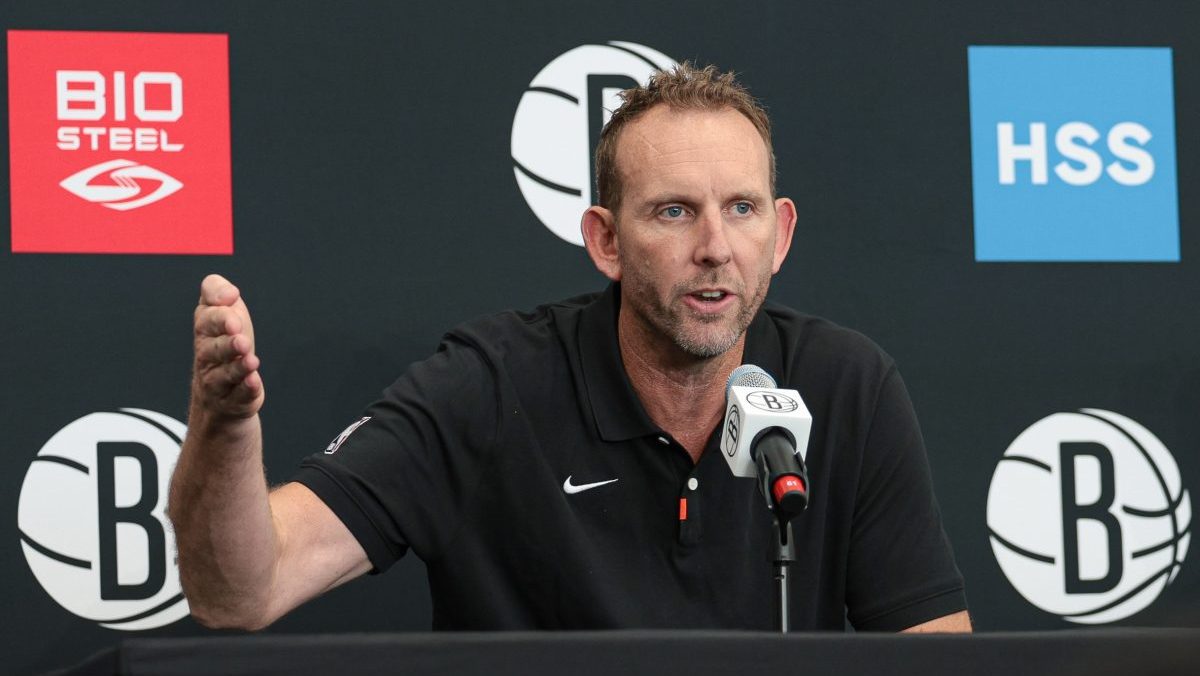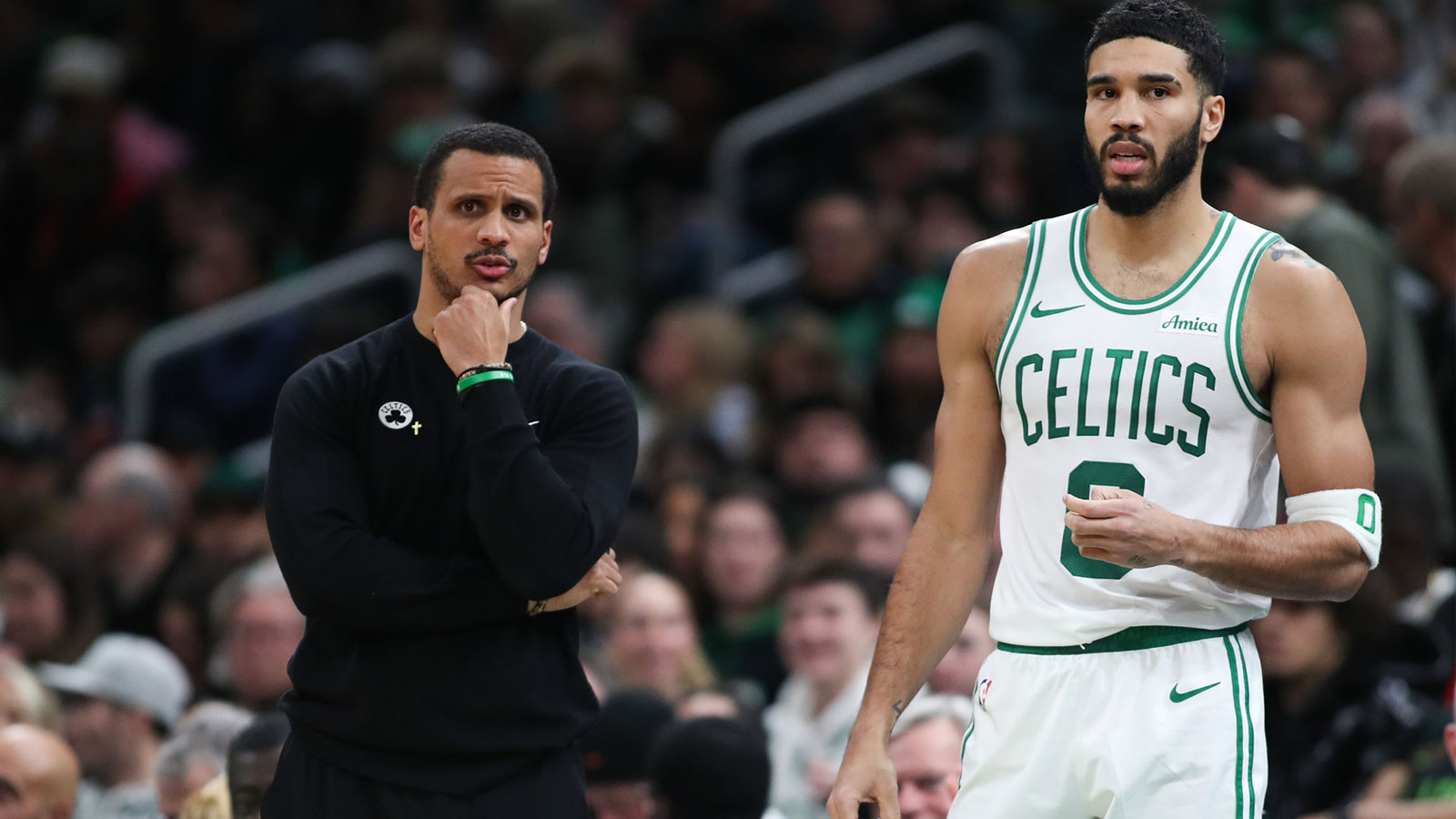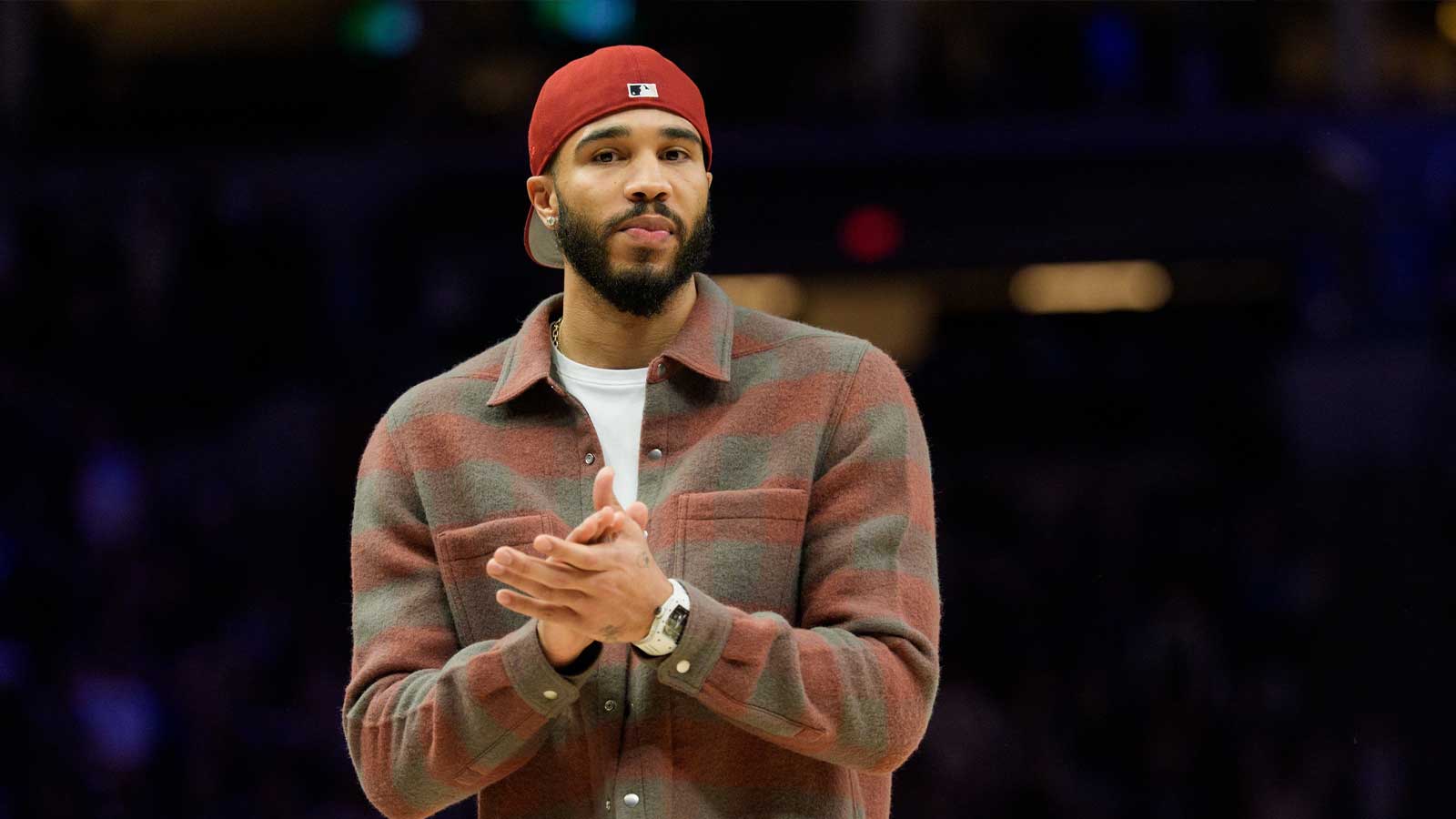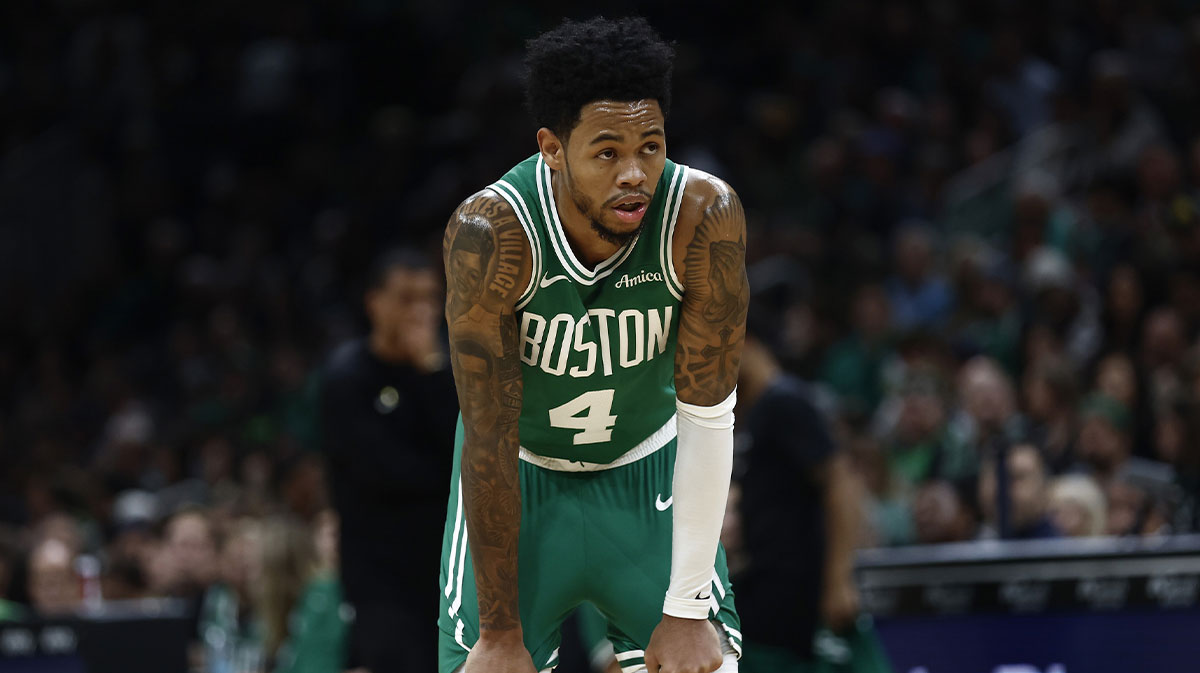The Boston Celtics entered the 2024-25 NBA season with a championship pedigree, but the basketball gods had other plans. Just months removed from a Finals run, the franchise has been rocked by the devastating loss of Jayson Tatum for the year. The injury forced the Celtics into survival mode, and their front office made a bold gamble: trading away Kristaps Porziņģis and Jrue Holiday, two cornerstones of last season’s title push, in exchange for Anfernee Simons. It was a stunning shift in strategy, one that exchanged proven star power for youth, speed, and scoring upside.
While Simons is an electrifying guard who can create his own shot and thrive in up-tempo situations, his addition does not fully address Boston’s new reality. Without Tatum, the Celtics’ margin for error has narrowed considerably. Jaylen Brown is now the unquestioned alpha, but even with his scoring brilliance, Boston needs more balance to stay afloat in the Eastern Conference arms race.
That means keeping an eye on the trade market, where a few specific names could alter the trajectory of the season. The Celtics cannot simply patch holes; they must find players who can elevate them enough to remain in the playoff picture and give Tatum a competitive team to return to next season. Three trade targets stand out as particularly intriguing options for Boston as it navigates this fragile moment.
Pascal Siakam and the need for a frontcourt engine
With Porziņģis shipped out, Boston’s frontcourt depth has been exposed. What the Celtics need is a proven, versatile big man who can not only handle interior duties but also carry stretches of offense when Brown and Simons aren’t on the floor. Pascal Siakam checks every box.
Siakam has the kind of two-way skill set that can stabilize Boston’s roster in the absence of Tatum. Offensively, he is comfortable scoring in the post, facing up from midrange, and even facilitating as a secondary playmaker. Defensively, his length and mobility allow him to guard multiple positions, an essential trait in Boston’s switch-heavy scheme. In many ways, Siakam could replicate some of the offensive variety that Porziņģis brought while also adding more defensive versatility.
The NBA listed Pascal Siakam's poster on Jalen Williams as the 4th best play of the year pic.twitter.com/zQ96kFTopF
— SleeperPacers (@SleeperPacers) August 30, 2025
The challenge for Boston is price. Siakam is not only highly valued by the Pacers, but after the injury to Haliburton, he is now the pillar of the team. Meanwhile, he also comes with a hefty salary that would require Boston to part with both contracts and draft capital. Yet for a franchise like the Celtics, who pride itself on sustained contention, the cost might be worth it. Brown and Siakam as a forward duo could weather the storm without Tatum and still present one of the most versatile combinations in the league once Tatum returns. In the short term, Siakam would keep Boston dangerous. In the long term, he would give them an even deeper rotation of playoff-tested forwards. If there is a chance to make a deal, Siakam is the type of player who could save the season.
DeMar DeRozan and the case for midrange stability
Another avenue for Boston is to address the scoring void left by Tatum with a proven veteran bucket-getter. Enter DeMar DeRozan, the consummate midrange assassin whose game continues to age gracefully. While he doesn’t space the floor in the traditional sense, DeRozan remains one of the most reliable half-court scorers in basketball. For a Celtics team that now leans heavily on Brown and Simons for perimeter scoring, DeRozan would bring a calming presence, a go-to option in crunch time, and a stabilizing force for second units.
When DeMar DeRozan *almost* threw down an ICONIC poster. pic.twitter.com/8y8w8dwQRU
— Fastbreak Hoops (@FastbreakHoops5) September 2, 2025
DeRozan’s fit in Boston would be fascinating. He thrives with the ball in his hands, but Jokić-style playmaking isn’t required here; Boston could simply let him operate out of isolations and pick-and-rolls, giving Brown more freedom to attack off the ball and Simons room to operate as a secondary creator. The Celtics have often struggled when offensive flow stalls in playoff settings; DeRozan provides insurance against that very problem. His ability to get to his spots in the midrange, draw fouls, and slow the game down would add an entirely new wrinkle to Boston’s attack.
The risk, of course, is age and defense. DeRozan is no longer the athlete he once was, and he has always been a mediocre defender. But Boston’s system, built on switchability and strong team concepts, could cover his weaknesses. More importantly, his short-term contract means Boston could acquire him without sacrificing its future flexibility. For a team trying to stay competitive in the wake of Tatum’s injury, DeRozan could be the ideal stopgap: reliable, battle-tested, and capable of giving the Celtics 20 points a night on demand.
John Collins and the upside play
If Boston prefers a younger, longer-term swing, John Collins represents an interesting buy-low opportunity. Once considered a budding star in Atlanta, Collins has seen his stock decline in recent years. Yet his combination of athleticism, rebounding, and stretch potential still makes him a tantalizing fit for a team willing to bet on a resurgence. For the Celtics, Collins could address frontcourt scoring while also offering a potential building block for a future where Brown, Tatum, Simons, and Collins form a formidable core.
John Collins MONSTER poster on Isaiah Hartenstein🤯🤯🤯🔥🔥🔥 pic.twitter.com/3zpxArUFSG
— clippa twitta (@clipfullyloaded) September 4, 2025
Collins’ role in Boston would be clear: space the floor, roll hard to the rim, and provide energy in the paint. Without Porziņģis, the Celtics lack a vertical threat, someone who can punish defenses for collapsing on Brown’s drives or Simons’ pull-up shooting. Collins thrives in transition and pick-and-roll situations, two areas where Boston could increase pace and create easier scoring opportunities. Defensively, he has limitations, but in a system anchored by Derrick White, Brown, and Neemias Queta's savvy, those flaws can be masked.
What makes Collins appealing is his availability. His trade value has dipped considerably as he has joined the Clippers, meaning Boston could acquire him without giving up its best young assets. The gamble is whether he can rediscover his confidence and consistency. In a high-stakes environment like Boston, with defined roles and a winning culture, Collins could thrive in ways he hasn’t since his early Atlanta days. For a team in need of both short-term production and long-term upside, Collins is a calculated risk worth considering.
What will the Celtics do?
The Boston Celtics are navigating one of the most precarious seasons in franchise history. Losing Tatum for the year would cripple most teams, and trading away Porziņģis and Holiday only adds to the uncertainty. But the Celtics are not a franchise that folds under adversity. By adding Simons, they injected speed and shot creation into their backcourt, a necessary step to stay relevant in a shifting East. Now, the question is whether they will double down by pursuing a major in-season trade.
Siakam offers the frontcourt anchor and two-way reliability to keep Boston dangerous. DeRozan provides the veteran scoring punch to stabilize an offense missing its superstar. Collins represents the upside swing, a chance to add youthful energy and positional balance. Each path carries different risks, but all three keep the Celtics competitive in 2025-26 while also preserving their long-term outlook for Tatum’s eventual return.
This season may not end in another Finals run, but that does not mean Boston should surrender its identity as a contender. With smart maneuvering and a timely trade, the Celtics can survive the storm, develop new weapons, and set the stage for Tatum’s triumphant comeback. In a league where windows close fast, staying aggressive may be the only way to keep theirs open.

